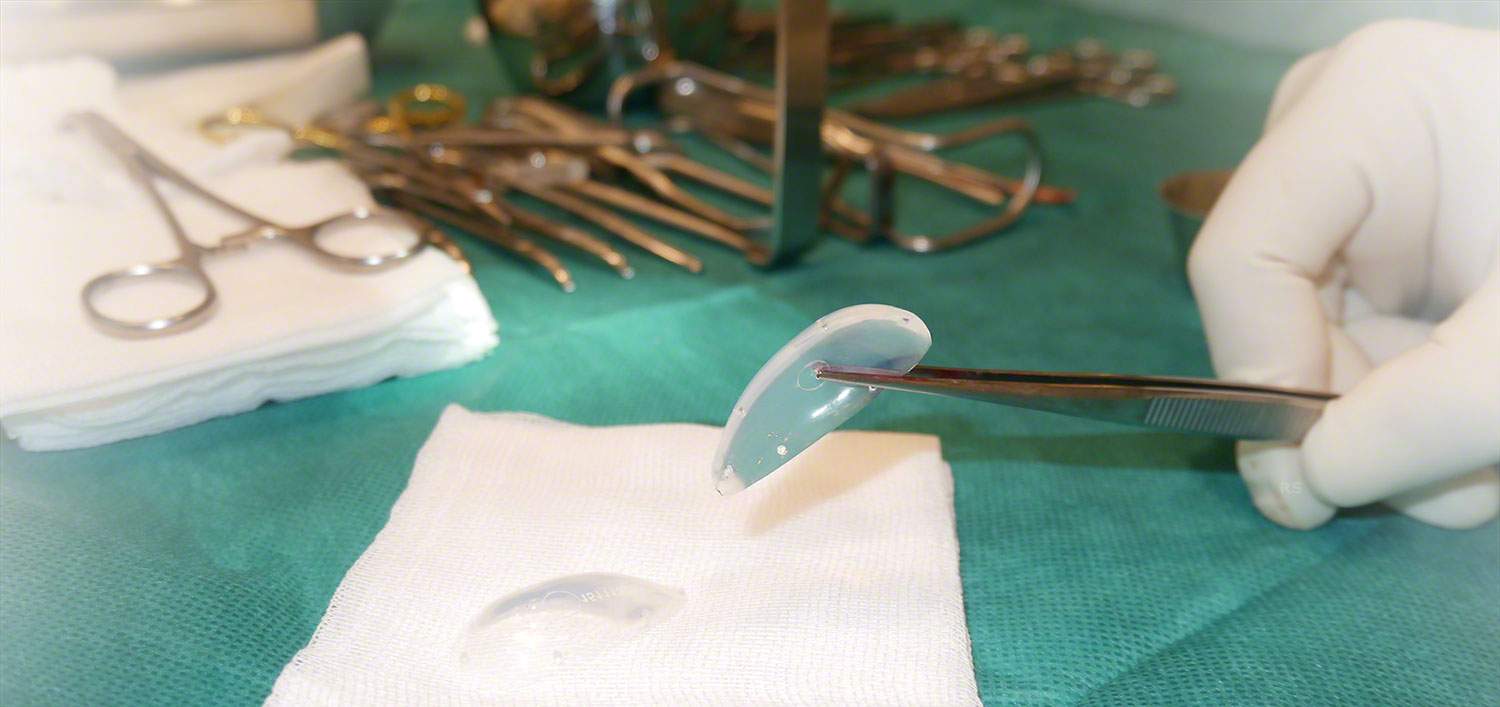In cheek augmentation with cheek implants , there are two different areas whose volume can be increased. In rare cases, this involves the correction of hollow cheeks. If cheek augmentation with autologous fat or hyaluronic acid is unsuccessful or generally undesirable, implants can also be used in the soft tissue area of the cheek below the cheekbone.
In contrast to the implants for the cheekbone, these are soft and are inserted via an access on the inside of the mouth.
Much more common is the correction of the cheek area, which is the subject of this page. These cheek implants are made of rubbery, firm silicone and are placed on the cheekbone. However, the basic principles of the operation are similar for both forms of cheek correction.
Incidentally, you can not only make your cheeks look more prominent with cheek augmentation but also (especially if you have so-called chubby cheeks) by having the cheek fat removed.
The operation can theoretically be performed under local anesthesia with twilight sleep. However, the more comfortable general anesthesia is recommended. An inpatient stay is recommended but not absolutely necessary.
After cheek surgery, a certain restriction of movement and a careful diet are important for good healing.
During the operation, an incision is made inside the mouth on the mucous membrane between the gums and cheek. With an incision in the mouth, there is no visible scar, but the risk of infection is slightly increased.
Many plastic surgeons therefore like to give prophylactic antibiotics. Good oral hygiene is also important after cheek surgery.
Cheek implants for cheek correction
Cheek correction using cheek implants (often made of silicone) is a more complex operation than cheek injections, but the results are long-lasting.
Cheek implants have an oval shape and can be adapted to the findings during cheek surgery. They are placed on the cheekbone via the incision described above.
The cheek implants can be fixed to the periosteum or the surrounding connective tissue using sutures – but this is not necessary. During the operation, care must be taken to ensure that a cutaneous nerve that supplies the cheek and its surroundings with skin sensation is not injured.

The cheek implants are shaped like shells so that they can fit the cheekbone perfectly. There are also rough materials that are used as facial implants. These grow in perfectly.
However, it is very problematic to remove such silicone implants again if this is necessary for certain reasons. This is because you lose your own tissue when removing them. Silicone cheek implants can be removed again without any problems if necessary.
Furthermore, if the desired implants are not available, they can be produced intraoperatively using a silicone block. This extends the operating time by the time required to produce the cheek implants.
Especially when correcting asymmetries, it is often easier to achieve symmetry in this way than with standard implants.
Further questions about cheek augmentation
What should I do after cheek augmentation?
After cheek augmentation, a fixing plaster bandage is applied and, if necessary, appropriate corsetry. Cooling and protection of the facial muscles (speaking, eating) are beneficial. A slow diet build-up ensures good healing of the cheek implants: liquid food – porridge – light food – normal food.
The stitches can be removed after approx. 10 days using dissolvable stitches, so there is no need to remove the stitches. It is important to take good care of the cheek area until the implants have completely healed. If you are careless in the first 2-3 weeks, this can lead to the implants slipping out of place.
What if I don’t like the implants?
If the implants are made of firm and smooth silicone, they can be removed in a mini-surgery. This does not result in any new scars. The implants can also be changed if a different size or shape is required. However, the aim should be to accurately estimate the size preoperatively.
What special complications can follow?
-
- Numbness – The manipulations during cheek surgery can affect a cutaneous nerve (infraorbital nerve) and lead to temporary numbness. Only rarely does the numbness last forever.
- Slipping of the cheek implants –
If the implants are fixed in place, slipping is not possible, especially if the cheek implants are fitted with screws. It is also possible to suture the implants, which requires a great deal of skill due to the access from the mucosa. - It takes about three weeks for the implants to heal after the cheek surgery. Slippage is still possible during this time. Therefore, the things described above should be followed with regard to aftercare.
- Infection is generally extremely rare with facial implants. Especially when meticulous hygiene is applied.

